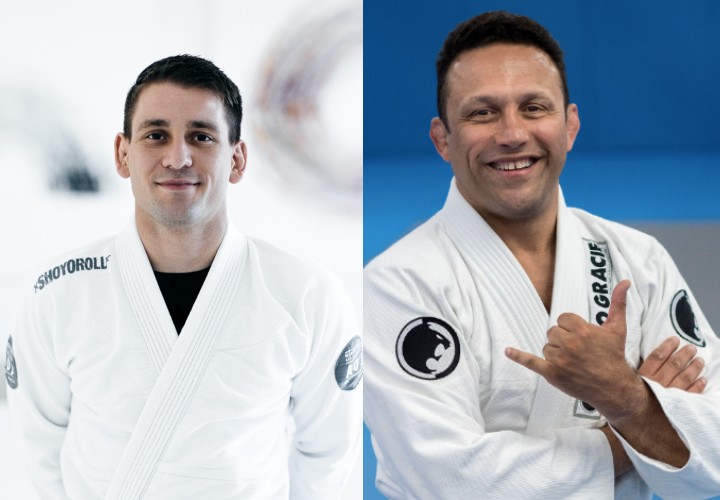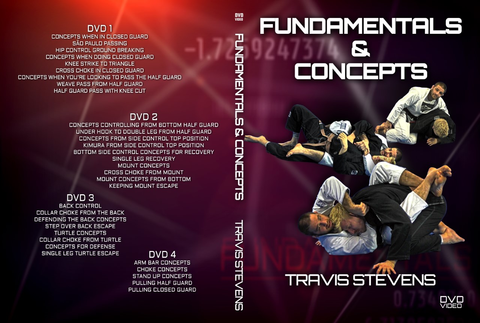At the highest level of grappling competition, experience plays a big part in competition performance. Beginner grappling athletes can sometimes be star struck when facing their childhood heroes in competition. These are the champions that have sometimes 5x more experience than them. In some cases, they have been black belts longer than the young competitor has been training…Can they really stand a chance vs the more experienced athletes?
John Danaher, BJJ black belt under Renzo Gracie, known as one of the best BJJ instructors in the world shares his thoughts on what he calls ‘young masters’ vs old masters.
The New Zealand born black belt has been praised by the BJJ community as being a master and brain of the art. Danaher is a highly intelligent individual, who has a Master degree in philosophy from Columbia University, and is totally focused on the evolution and improvement of Jiu-Jitsu. He is also the submission coach of none other than former UFC Welterweight Champion George Saint Pierre, Travis Stevens, Garry Tonon, Eddie Cummings and Gordon Ryan.
Danaher trains and teaches Jiu jitsu at Renzo Gracie’s Academy in New York.
Danaher’s thoughts:
Young masters: One of the enduring cliches of the martial arts is the idea of the aged master, having spent a lifetime acquiring knowledge, having greater fighting ability than his younger, less knowledgable opponent.
The simple observation that the old masters of the sport never appear on the medal podiums puts this silly cliche to rest. There is a lot more to fighting ability than knowledge. More importantly, I want to go further and say that age and time in the sport is no even a guarantee of greater knowledge.
It is my belief that students can be taught in such a way that they can become young masters – they can have the knowledge of people who have spent a lifetime in the sport whilst still in their athletic prime. The key is in their method of instruction. So often I see the following problems that limit knowledge acquisition over time. First, students stop learning at a certain point and permanently plateau.
Second, their instruction leaves them with only partial understandings of technique rather than complete understanding.
Third, less than optimal methods of inculcating whatever theoretical knowledge they have into their physical movement in ways that lead to lowered performance.
It is my belief that if these limitations are removed, there is absolutely no reason why a dedicated student of a young age could acquire a degree of knowledge that would shock his older masters.
This is always the way in which I teach my leading students. After just a few years of such instruction they often surprise and delight me with the amount of learning they carry within them.
An interesting test of my beliefs occurred when 23 year old Garry Tonon took on Masakazu Imanari, the man most people identified as the most knowledgeable leg locking expert in the world. In his home country of Japan, he is known as “Tenth Dan of leg locks” in recognition of his technical depth. Yet when the action started it was Garry Tonon who easily prevailed, winning via leg lock against the leg locking master himself. The fact that the match was over so quickly and that Garry never made use of top pressure show it was not fatigue due to age or size that got the win – it was knowledge.
If you want to see the habits of a crossover star, watch Travis Stevens closely. He has a special combination of skills relevant to Judo and a technical mastery over its close cousin, Brazilian Jiu Jitsu. Travis Stevens is an Olympic Judo Silver Medalist and John Danaher Black Belt. He showcases his art in his new instructional Fundamentals and Concepts.
- Travis has one of the strongest foundations from several different forms of grappling
- These principles will speed your learning curve
- Travis Stevens received his black belt in just 18 months
- Learn the central concepts between hitting a move and not
- The perfect instructional set for anybody of any age, rank, athletic level, and fitness level


















